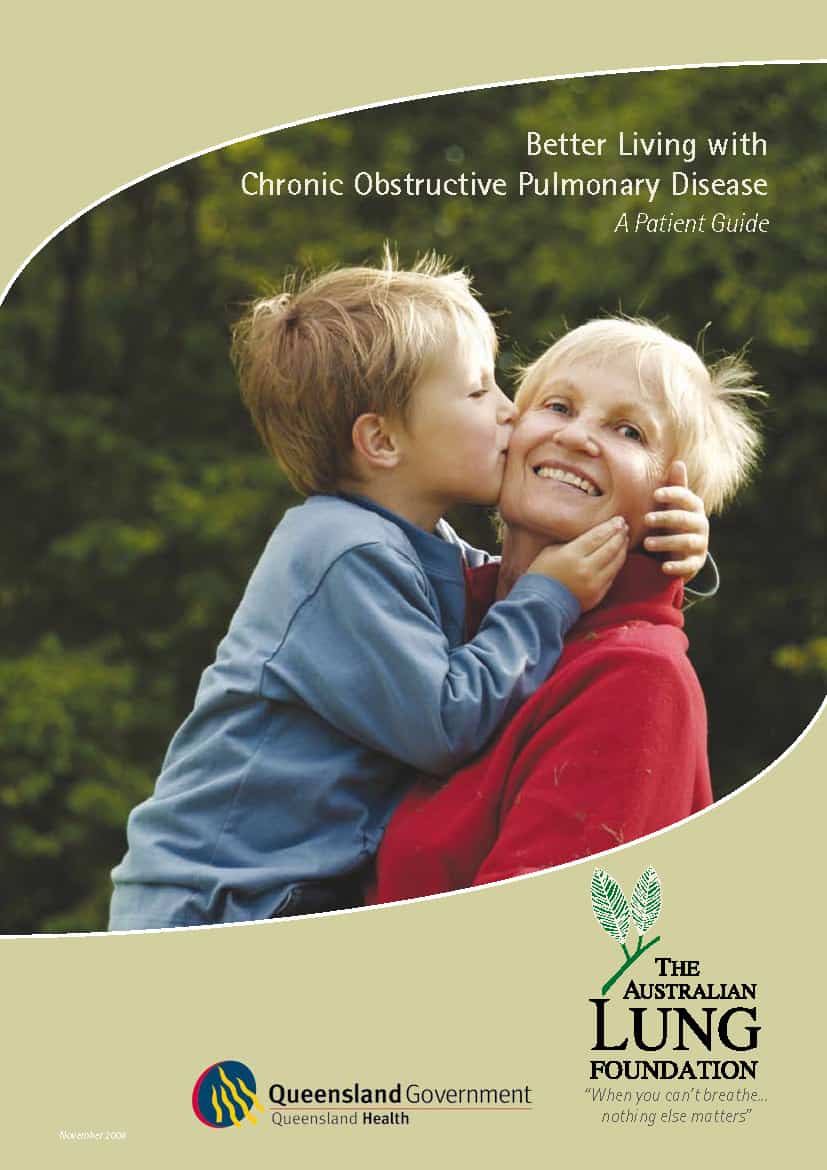World COPD day was held on 17 November 2008. COPD Stands for chronic obstructive pulmonary disease. As with many of these health-related days there is more hyperbole than substance and often the most relevant information appears after the hype has died down. This is the case with a report just released by the Occupational And Environmental Medicine. [[Chronic obstructive pulmonary disease mortality in railroad workers Online First Occup Environ Med 2008; doi 10.1136/oem/2008.040493]]
According to a media statement that accompanied the report:
They wanted to gauge the long term effects of diesel exhaust on the risks of developing chronic obstructive pulmonary disease (COPD), an umbrella term for progressive lung diseases, such as emphysema and bronchitis.
In 1946, just 10% of rolling stock was diesel powered; by 1959, virtually all rolling stock was.
The researchers checked the health records of the US Railroad Retirement Board, which has maintained digital records of all its employees since 1959, including a yearly listing of all job codes and time spent in post.
Anyone working on the trains (conductors, engineers, brakemen) was considered to have been exposed to diesel exhaust.
Those working in ticketing, signalling, maintenance, admin, and as station masters, were regarded as not having been exposed.
The results showed that those who had been exposed to diesel exhaust were more likely to die of COPD than their peers who had not been so exposed.
The risks increased by 2.5% with each year of employment among those who were recruited after conversion from steam to diesel locomotives.
This risk fell only slightly after adjusting for smoking, a known risk factor for COPD.
Of all the reports that were released in the last two weeks, this one is the clincher because it shows that smoking did not have an appreciable effect on the health findings. There is a direct relationship between a work activity in a work environment and worker health.
This correlation is sadly lacking from other COPD data which reads primarily as a new spin on anti-smoking campaigns.
According to the International COPD Coalition (“a nonprofit organization composed of COPD patient organizations around the world, working together to improve the health and access to care of patients with chronic obstructive pulmonary disease”)
World COPD Day 2008 features new patient and health professional initiatives that address the misconceptions and lack of awareness surrounding chronic obstructive pulmonary disease (COPD). These misconceptions – revealed in a global survey, the International COPD Coalition (ICC) Report – include poor public awareness that smoking is the main cause of COPD, a failure to diagnosis COPD in its early stages, when medication can be used to prevent further lung deterioration, and a mistaken belief that initial COPD symptoms, like coughing and shortness of breath, are a normal consequence of aging.
We may be unaware smoking leds to COPD but we are well aware that smoking can kill you. Whether it is emphysema, lung cancer, heart disease or COPD doesn’t change the fact that smoking increases the risk of premature death. It is insulting that a “World Anti-Smoking Day” needs to masquerade under a new health risk.
For those workers who have suffered work-related respiratory problems the Queensland governmenthave released a very good guide for those who have breathing difficutlies or for those who look after them – the Better Living With COPD – A Patient Guide (pictured below)



